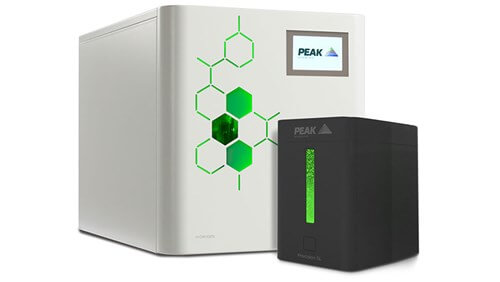Breaking down the complexities of PFAS
Definition and Background of PFAS
The per- and polyfluoroalkyl substances (PFAS) are a group of chemicals used to make fluoropolymer coatings and products that resist heat, oil, stains, grease, and water. Within the PFAS group of Forever Chemicals there also sit a large number of Perfluorooctane sulfonate (PFOS). The term ‘PFOS-related substances’ is commonly used to refer to any or all of the substances that contain the PFOS part that may break down in the environment to give PFOS.
PFAS chemistry was discovered in the late 1930s and, since the 1950s, many products commonly used by consumers and industry have been manufactured with or from PFAS. Two major processes, electrochemical fluorination (ECF) and fluorotelomerization, are used to manufacture PFAS substances that contain perfluoroalkyl chains. More than 600 intermediate processes have also been used to further produce certain PFAS and the associated final products.
PFAS have been and still are widely used, but not all types and uses of PFAS result in the same level of environmental impact and exposure. When considering potential environmental and human impacts from PFAS, it is critical to be as specific as possible not only about the particular PFAS involved but also where and how they are released to the environment.



